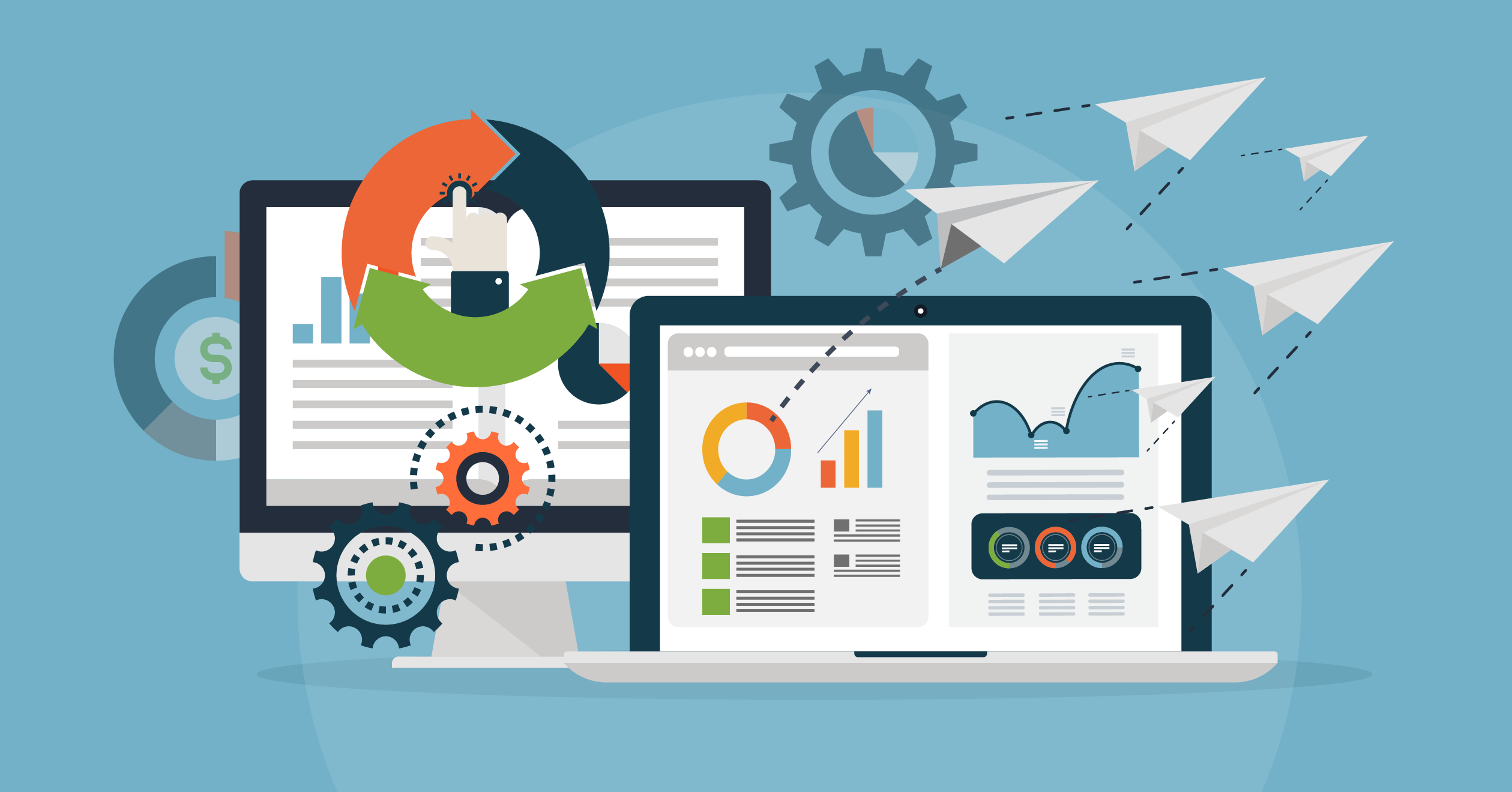You Bought Pardot…Now What?
A number of years ago I received a call from a large enterprise asking me if we could assist them with implementing their marketing automation platform? Before we got into the specifics of what they needed I asked her this question, “what do you plan to do with your system?” There was an awkward silence and she then replied, “what do you mean?”
This was not the first time, nor was it the last, I have had a conversation like this with marketing leaders. In fact, one of the questions I most ask our clients and prospects that are in a similar situation is, now that you bought Pardot, what do you plan to do with it?
Unfortunately, many organizations do not think about their Pardot marketing automation platform through this lens. The traditional thinking is that if they buy the right technology then their demand generation will improve. This will only happen if there are a few crucial things that are put in place that can then be enabled by the Pardot platform.
If you have a Pardot implementation or are in the process of procuring the platform, here are a few of the “next things” you need to have in place in order to get the most value from your marketing technology investment.
Buyer Insights
There have been scores of articles written about the need for understanding your buyers, yet far too many organizations lack in this area.
It is imperative that B2B organizations have an outside-in perspective of their buyers and I have found that the majority do not. Rarely do organizations solicit the input from their ideal customers to better understand their needs, challenges and buying objectives. Additionally, far fewer conduct research to understand the trends and influences that are impacting their buyers.
It is this information that needs to inform the creation of a buyer persona rather than just developing them internally i.e., inside-out. Nothing can replace getting your buyer’s perspective and it will allow you to message more effectively to those that impact buying decisions.
In addition to having buyer-informed personas, you need to have a clear picture of your buyer’s purchase path. This is not to be confused with the traditional marketing funnel – I have never heard a buyer state they are in the “sales accepted lead stage of their purchase process”.
Understanding the full end-to-end process your buyers take when they purchase, what key roles are involved at each purchase stage and the actions they take will enable you to align your content most effectively and create a dialogue with your buyers.
Taking these steps will enable you to see more value from your Pardot marketing automation solution.
A Defined Process
Once you get a clear picture of who your buyers are and how they move through their buying process, you want to operationalize your engagement. This is done by implementing a lead management process. Having a defined process also is key in aligning marketing and sales.
The key elements of a lead management process are as follows:
- A Defined Qualification Model: Having documented definitions for every lead or account stage. This enables you to measure your campaign effectiveness and also define the end-to-end process whereby leads will be scored and routed.
- Lead Scoring Model(s): A documented model that scores your buyers based on their behavior, their ideal demographic, and account attributes i.e. firmographic information.
- Lead routing rules: The process whereby qualified leads/accounts will be routed to sales for timely follow-up
- Service Level Agreements (SLAs): The defined business rules and timing that govern the lead routing and lead follow-up process.
Buyer Aligned Content Architecture
Most organizations have a lot of content. However, is it the right content? Having the right content that speaks to your buyers with the right message at the right time can make the difference between engagement and conversion.
Aligning your content with the buyer’s purchase journey is key to ensuring your automating your engagement. This is more than just timed email blasts; this is the creation of an ongoing conversation that you develop with your buyers at each and every stage of their buying journey.
When this is done, it not only enhances the value of your Pardot platform, but it also improves the value of your content investments.
Analytics
The last piece of the puzzle is to ensure you are continually measuring the impact of your demand generation campaigns. This is more than just generating your report, it is using the analytics from your reports to continuously optimize your campaigns to improve the outcomes which is primarily contribution to pipeline and revenue.
Having Pardot as a foundation part of your marketing technology stack is a great step forward, but in and of itself, it is not a strategy, Pardot will enable or automate what is there and without a defined approach to demand generation, you will not be able to realize the full value of your investment.
If you want to chat more about this, feel free to put some time on my calendar, and let’s see if we can solve a few of your challenges.


